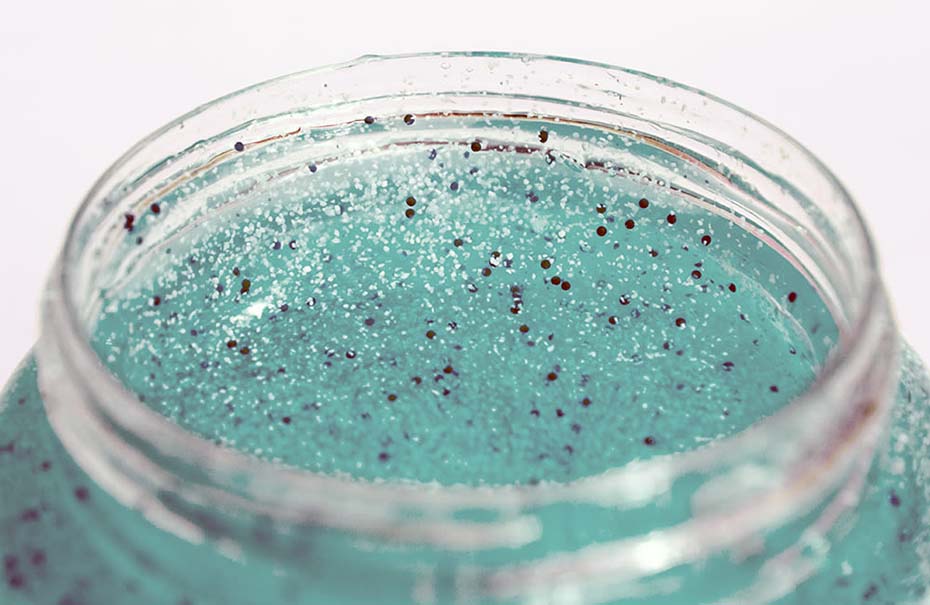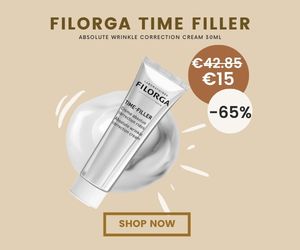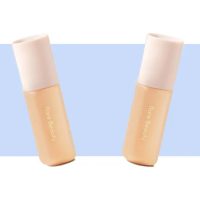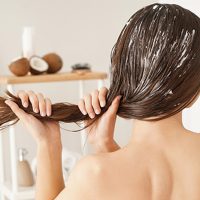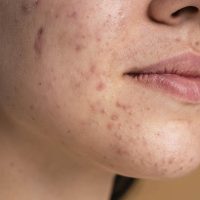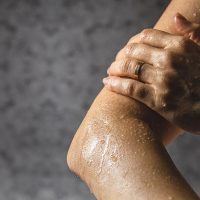Ingrown hairs can be an annoying and uncomfortable problem, especially after waxing. Understanding the causes, signs, and symptoms of ingrown hairs is essential for prevention and effective treatment. We’ll look at the causes of ingrown hairs after waxing, how to prevent them, and how to treat them when they occur.
Unleash Your Adventure with Columbia Sportswear
– Where Style Meets Performance!
Elevate Your Outdoor Experience with Our Premium Gear – Explore, Conquer. and Look Good Doing It. Embrace the Elements in Columbia's Cutting-Edge Designs. Gear Up for Greatness, Unleash Your Inner Explorer!
Find your gearWhat Causes Ingrown Hairs After Waxing?
Ingrown hairs occur when the hair follicle curls or grows back into the skin instead of rising up. Hair follicles may become irritated or blocked after waxing, leading to ingrown hairs. This can be due to a variety of factors, including incorrect waxing technique, a buildup of dead skin cells, or tight clothing that rubs against the skin.
Several factors can cause ingrown hairs after waxing. These include:

- Improper waxing technique: Pulling the wax strip incorrectly or waxing against the pattern of hair growth can damage hair follicles and increase the likelihood of ingrown hairs.
- Dead skin cell buildup: A buildup of dead skin cells on the surface of the skin can clog hair follicles and prevent normal hair growth.
- Curly or Coarse Hair: People with naturally curly or coarse hair are more prone to ingrown hairs because the hair curls back into the skin more easily.
Ingrown Hair Signs and Symptoms
- Small, raised bumps on the skin
- Redness and inflammation around the affected area
- Itching or discomfort
- Pustules or small pus-filled bumps
Preventing Ingrown Hairs After Waxing

- Exfoliate regularly: Gently exfoliate the waxed area a day or two before waxing, then continue with regular exfoliation. This helps remove dead skin cells and reduces the chance of follicle clogging.
- Avoid tight clothing: Choose loose clothing immediately after waxing to minimize friction and irritation to the skin.
- Daily Moisturization: Apply moisturizer or soothing lotion after waxing to keep skin hydrated. This helps maintain the skin’s moisture barrier and promotes healthy hair growth.
Treating Ingrown Hairs After Waxing

If you notice ingrown hairs after waxing, try these remedies:
- Heat compress: Apply heat to the affected area for a few minutes to soothe the skin and help the hair follicles rise to the surface.
- Gentle Exfoliation: Use a gentle exfoliating scrub or soft brush to remove dead skin cells and unclog hair follicles. Be careful not to scrub too hard as it can further irritate the skin.
- Salicylic or glycolic acid products: Look for products that contain salicylic or glycolic acid, as they help exfoliate the skin and prevent ingrown hairs.
- Some recommended options include Paula’s Choice Weightless Body Treatment 2% BHA, – contains salicylic acid to exfoliate and unclog pores.
- Kate Somerville ExfoliKate Body Intensive Exfoliating Treatment, – contains glycolic acid and lactic acid to exfoliate and smooth skin.
- The Ordinary Glycolic Acid 7% Toning Solution, – can be used on the body to exfoliate and improve skin texture.
By following these guidelines and taking preventive measures, you can effectively avoid and treat ingrown hairs after waxing. Remember to prioritize proper waxing technique, regular exfoliation and maintaining healthy skin to minimize the occurrence of ingrown hairs and enjoy smooth, hair-free results.
